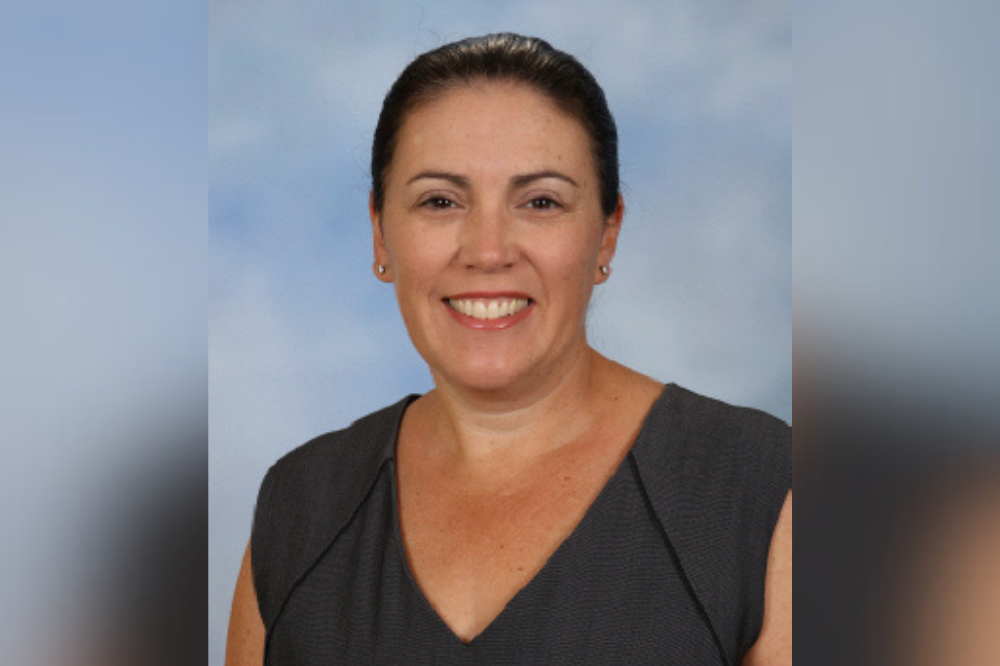
A staggering 44% of workers’ skills are being disrupted due to technological advancements, according to the World Economic Forum’s (WEF) 2023 Future of Jobs Survey. When the WEF’s first Future of Jobs Survey was published in 2016, that figure was estimated to be 35%.
Rapidly evolving technologies such as AI and robotics are the primary drivers of this change, and this is a challenge that the government’s National AI Taskforce is addressing by developing a framework that ensures students can both use this technology safely and responsibly, and leverage its power to improve learning outcomes in the classroom.
Some principals, recognising the significance of tech tools like AR, AI, robotics, and programming in education, are already making some encouraging headway in this regard through their own initiatives.
One of them is Georgina Allardice, Principal of Kenmore South State School, who will highlight the new focus of the Australian Curriculum on blending classroom learning with real-world applications during the forthcoming National Education Summit in Brisbane from 4-5 August 2023.
“Incorporating tech innovations like AR, AI, robotics, coding, and programming allows students to explore authentic, problem-solving activities relevant to the modern world,” Allardice said. “It helps students understand how these technologies are used in various industries and enhances their ability to apply knowledge and skills in practical settings.”
Allardice said the application of these technologies in learning also captures students' interest and motivation, making the learning process more enjoyable and effective. Allardice said this has been true for her school’s Year 3 and 4 students, who have been learning about sustainability.
“They created a ‘Which Bin?’ game and use Makey Makey [a kit comprising a simple circuit board that transforms objects around you into touchpads, keyboards and mouse and connect them with the internet] to create Interactive Recycle Bins that congratulate you when they are used,” she said.
“This supports the development of digital capability, enabling students to become digitally fluent and adaptable learners”.
On 4 August, Georgina and her students will be presenting at the National Education Summit’s Innovation and Collaboration Zone, a free PD option, which serves as a platform to showcase innovative practices and products.
“Delegates will have the opportunity to explore and interact with Makey Makey and other resources that can enhance teaching and learning outcomes,” Allardice said.
“This exposure enables delegates to stay updated with the latest advancements and trends in education, empowering them to bring innovative ideas back to their own classrooms. The Zone provides a conducive environment for networking and collaboration.”
Marie Kinsella, CEO of the IEC Group – the organisers of the National Education Summit – said the event is an important key professional development opportunity for Australian educators.
“[The Summit] ensures that participants have the latest, most innovative and relevant learnings to build their capacity as educators,” she said.
“Registration for the Innovation and Collaboration Zone is free, making it a no-brainer for teachers and principals. However, places are limited so we encourage delegates to register soon.”
The original version of this story appeared as a media release from IEC Group.


